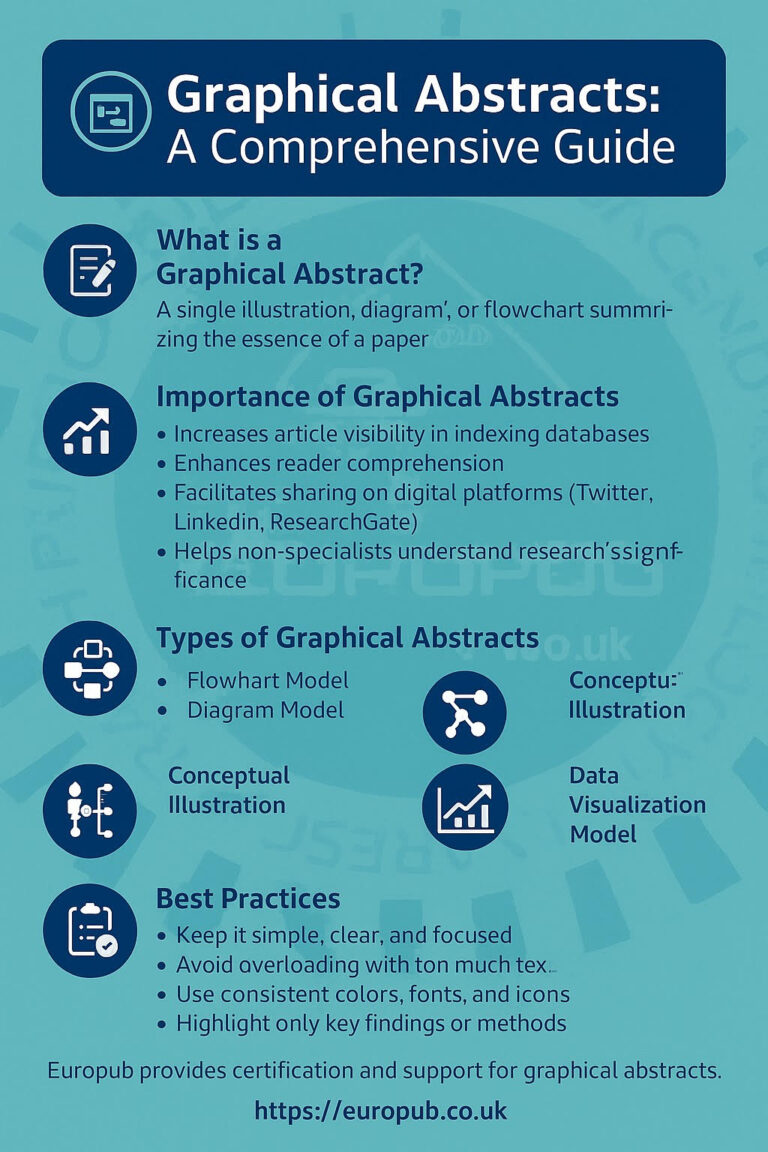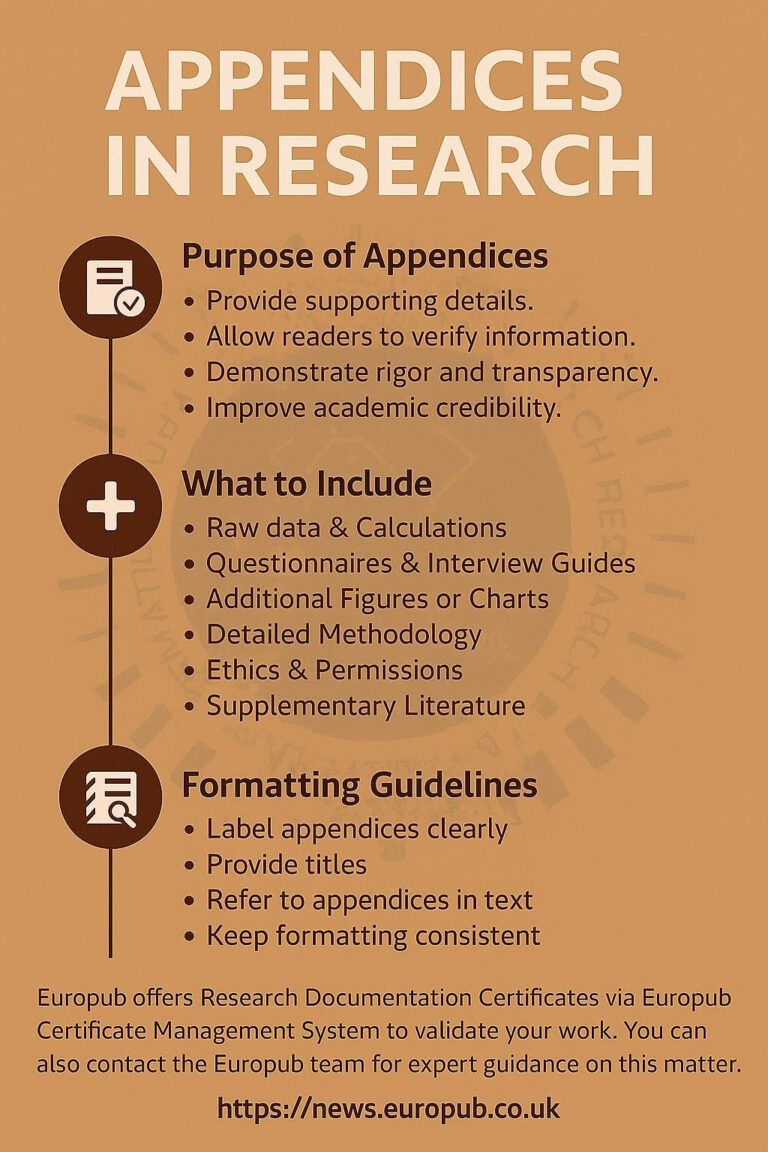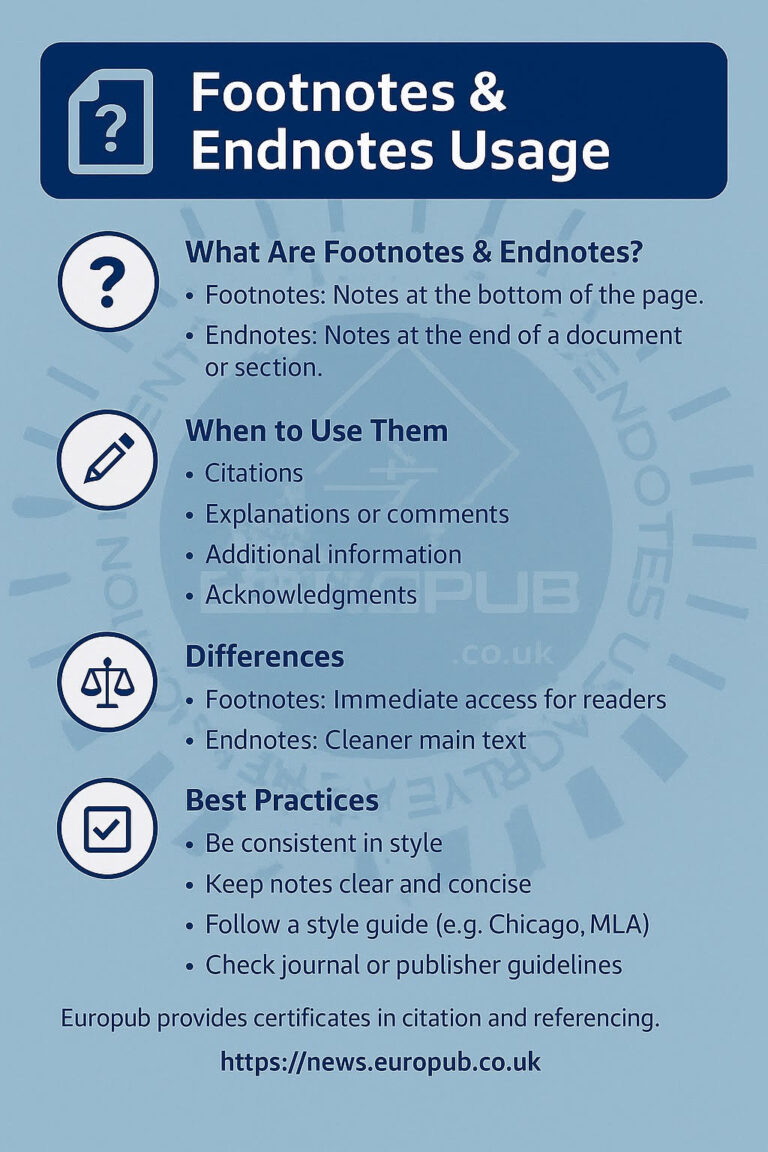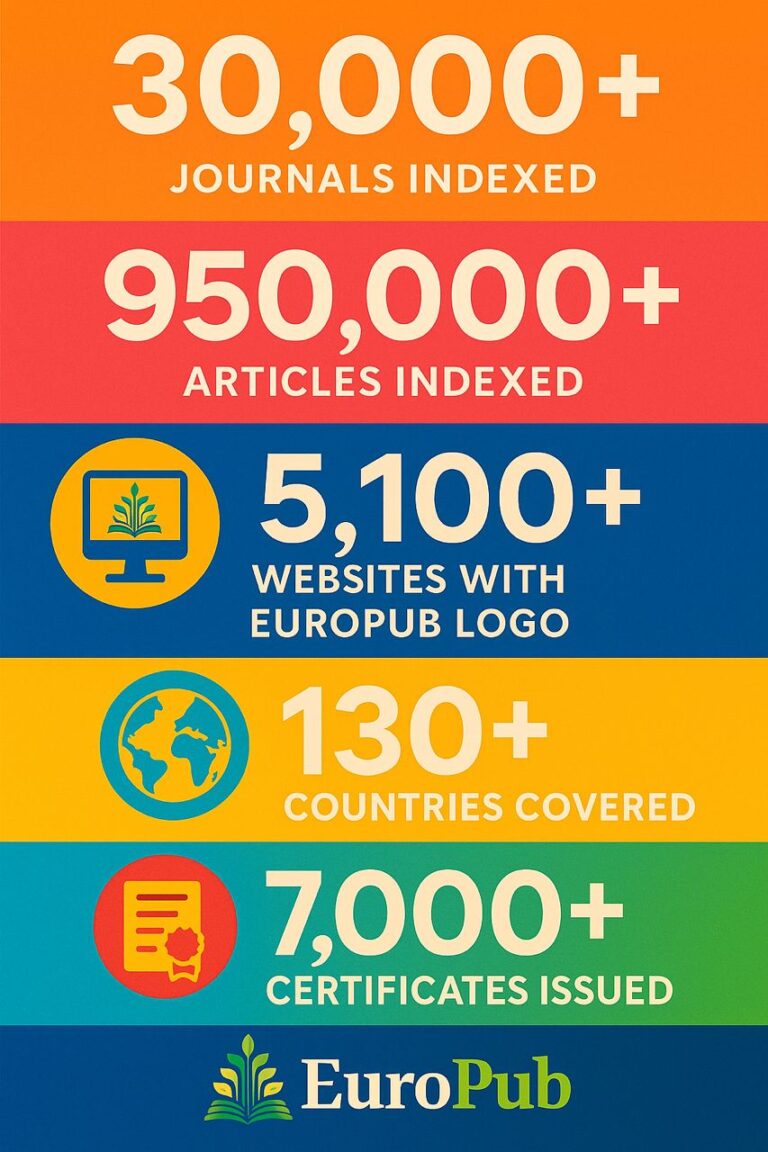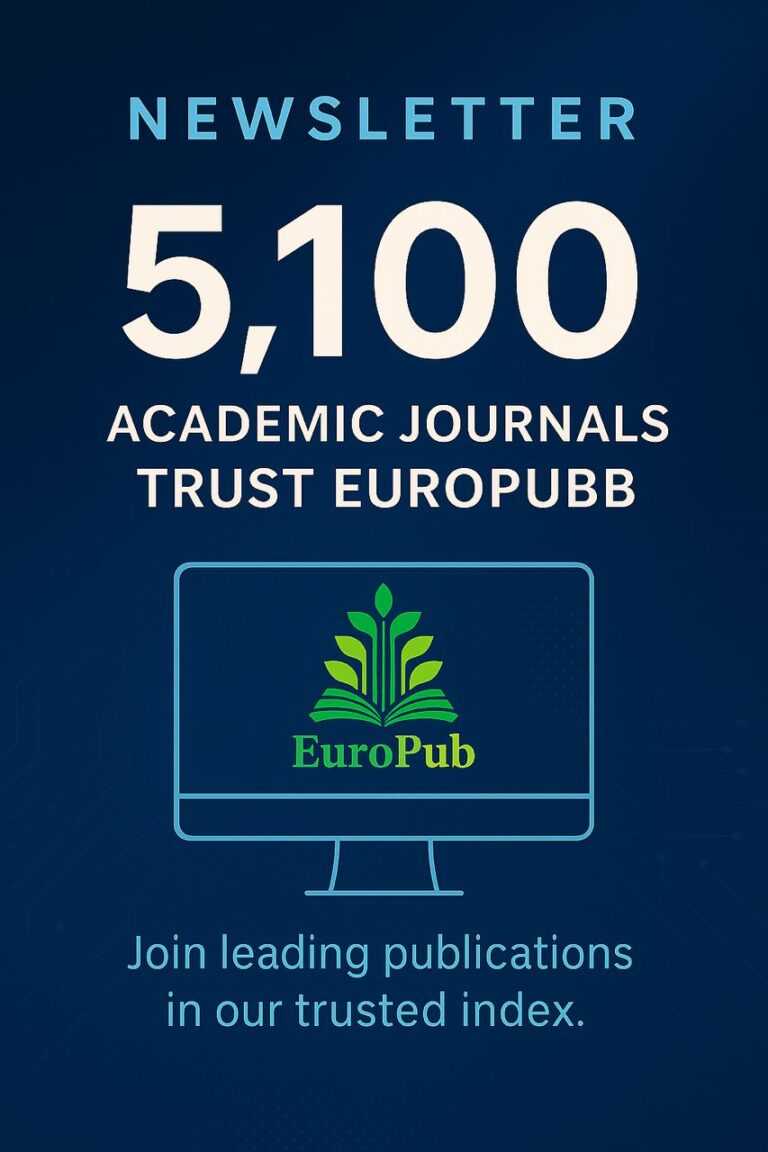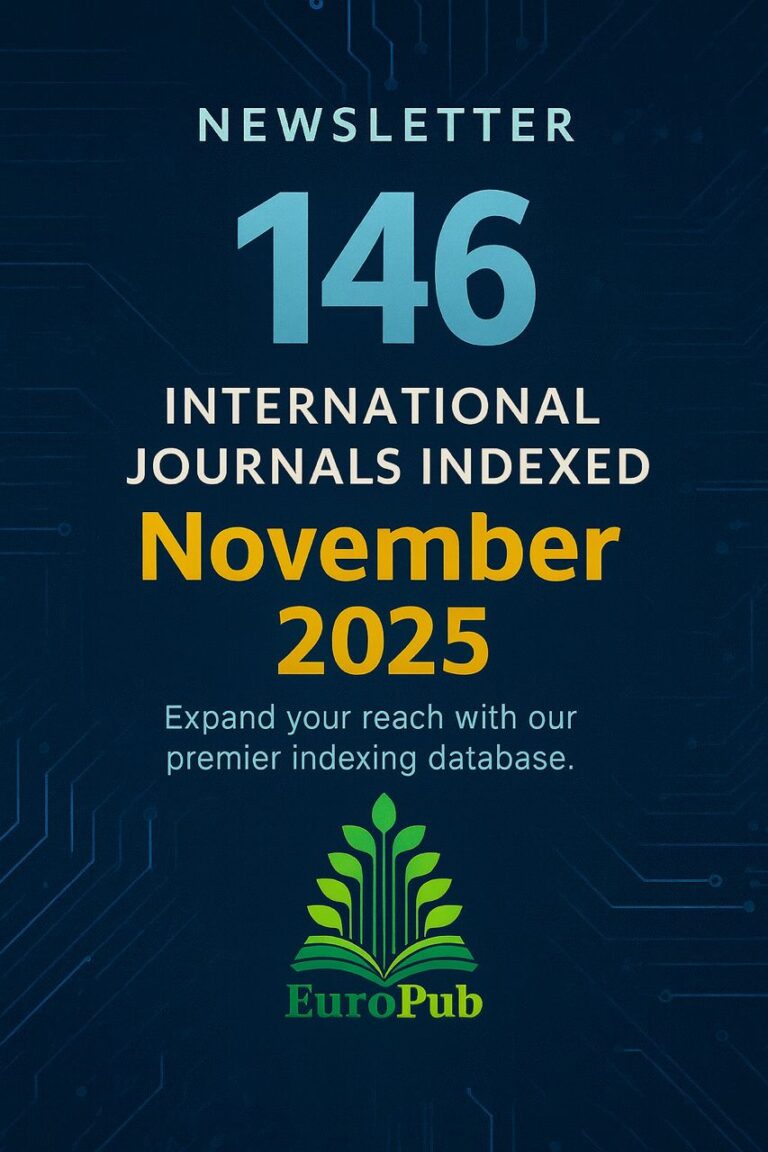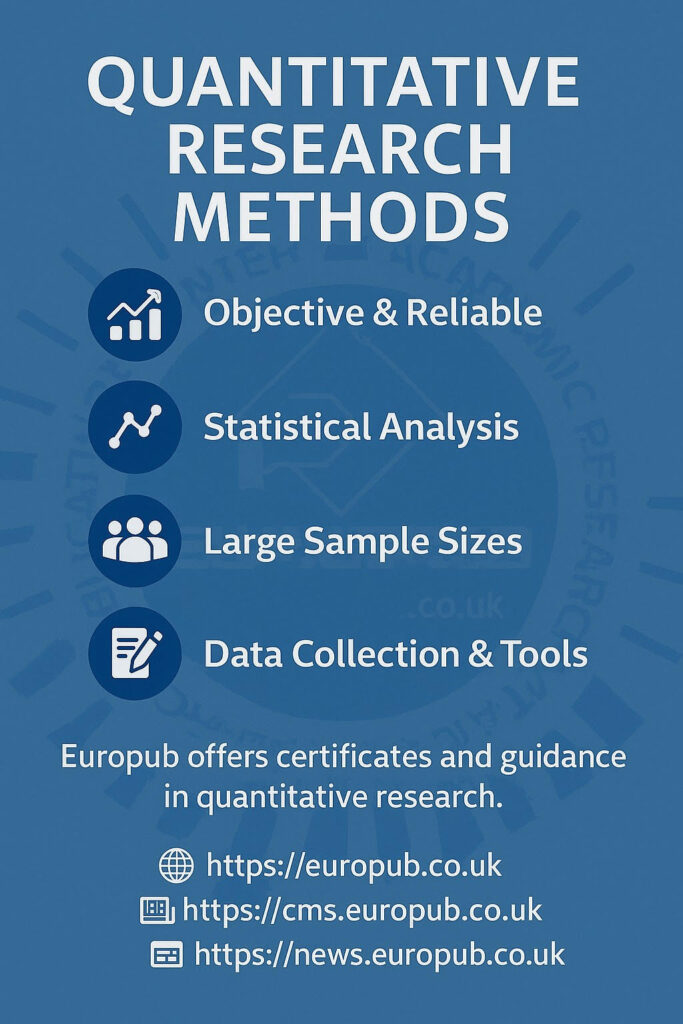
Introduction
Quantitative research is a systematic investigation that focuses on numerical data, measurements, and statistical analysis. Unlike qualitative research, which seeks to understand meanings and experiences, quantitative research tests hypotheses, measures relationships, and identifies patterns in data.
This approach is fundamental to the natural sciences, social sciences, economics, engineering, education, and health sciences. Mastering quantitative research methods is essential for researchers who want their studies to be objective, replicable, and generalizable.
Why Quantitative Research Matters
- Objectivity & ReliabilityData is expressed in numbers, reducing bias.
- ReplicabilityOther researchers can reproduce the study using the same design.
- Statistical PowerAllows testing of relationships, correlations, and causations.
- GeneralizabilityFindings can be applied to larger populations.
Key Characteristics of Quantitative Research
- Structured: Follows a predefined design.
- Objective: Researcher maintains distance.
- Numerical: Data collected in measurable forms.
- Statistical: Analysis relies on mathematical tools.
- Large Sample Sizes: To ensure validity and reliability.
Major Quantitative Research Methods
1. Descriptive Research
- Purpose: Describe characteristics of a population.
- Example: Survey on student study habits.
- Tools: Questionnaires, statistical summaries.
2. Correlational Research
- Purpose: Explore relationships between variables without manipulation.
- Example: Relationship between sleep hours and academic performance.
- Analysis: Pearson correlation, regression analysis.
3. Experimental Research
- Purpose: Establish cause-and-effect by manipulating variables.
- Example: Testing the effect of a new drug on patient recovery.
- Designs: Randomized Control Trials (RCTs).
4. Quasi-Experimental Research
- Purpose: Similar to experimental, but without random assignment.
- Example: Evaluating teaching methods in two existing classrooms.
5. Longitudinal Research
- Purpose: Study the same group over time.
- Example: Tracking health behaviors of patients for 10 years.
6. Cross-sectional Research
- Purpose: Examine data at one point in time.
- Example: Census surveys.
Data Collection in Quantitative Research
- Surveys & Questionnaires (Likert scales, multiple choice).
- Tests & Assessments (standardized exams).
- Structured Observations (counting behaviors).
- Existing Datasets (census, statistics agencies, open databases).
Data Analysis Techniques
- Descriptive Statistics: Mean, median, mode, variance.
- Inferential Statistics: Hypothesis testing, regression, ANOVA, chi-square.
- Predictive Analytics: Machine learning applied to large datasets.
Tools & Software
- SPSS – User-friendly for social sciences.
- R & Python – Advanced statistical modeling.
- STATA – Widely used in economics and health sciences.
- Excel – Basic data analysis.
Strengths
- Provides clear, measurable evidence.
- Enables comparison between groups.
- Can test hypotheses with precision.
- Often considered more “scientific” by policymakers.
Limitations
- May miss depth and context.
- Requires large sample sizes.
- Can oversimplify complex social phenomena.
- Numbers may not capture human emotions and meanings.
Real-Life Example
A study on the impact of online learning on student performance surveyed 1,000 students using structured questionnaires. Statistical analysis (ANOVA) revealed significant differences in performance between students with high vs. low internet access.
The findings influenced government policy on digital education infrastructure.
Checklist for Strong Quantitative Research
 Clear, testable hypothesis.
Clear, testable hypothesis.
 Well-defined variables.
Well-defined variables.
 Representative sample.
Representative sample.
 Reliable data collection tools.
Reliable data collection tools.
 Appropriate statistical analysis.
Appropriate statistical analysis.
 Ethical considerations (consent, anonymity).
Ethical considerations (consent, anonymity).
Common Mistakes to Avoid
- Confusing correlation with causation.
- Using too small a sample size.
- Poorly designed questionnaires.
- Ignoring assumptions of statistical tests.
Resources for Researchers
- Research-Methodology.net – Quantitative Methods
- Scribbr – Quantitative Research Guide
- MIT OpenCourseWare – Statistics and Probability
Europub Certification & Guidance
After conducting a quantitative study, Europub provides an official:
 Certificate of Quantitative Research Competency via the Europub Certificate Management System.
Certificate of Quantitative Research Competency via the Europub Certificate Management System.
This certificate:
- Confirms your mastery of quantitative methods.
- Strengthens journal and conference submissions.
- Enhances your academic CV and professional credibility.
 Apply here: https://cms.europub.co.uk
Apply here: https://cms.europub.co.uk
 Main site: https://europub.co.uk
Main site: https://europub.co.uk
 Newsletter: https://news.europub.co.uk
Newsletter: https://news.europub.co.uk
 You can also contact the Europub team for expert guidance in designing, analyzing, and publishing quantitative research.
You can also contact the Europub team for expert guidance in designing, analyzing, and publishing quantitative research.
Conclusion
Quantitative research methods provide objectivity, reliability, and statistical rigor. They are indispensable for testing hypotheses, identifying patterns, and making generalizable conclusions. With Europub’s certification and expert support, your quantitative research gains global recognition and credibility.
